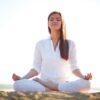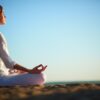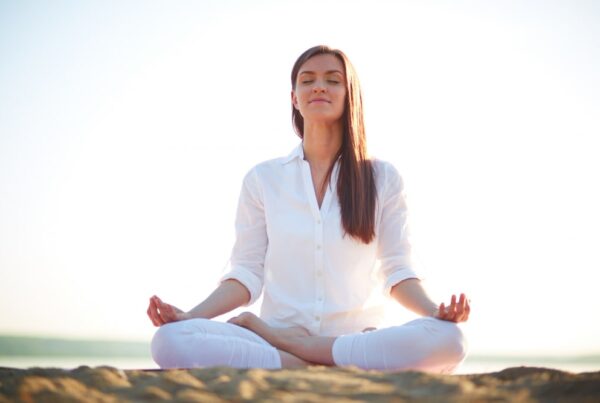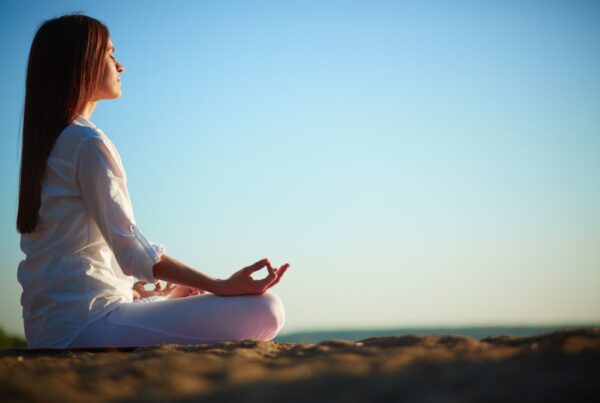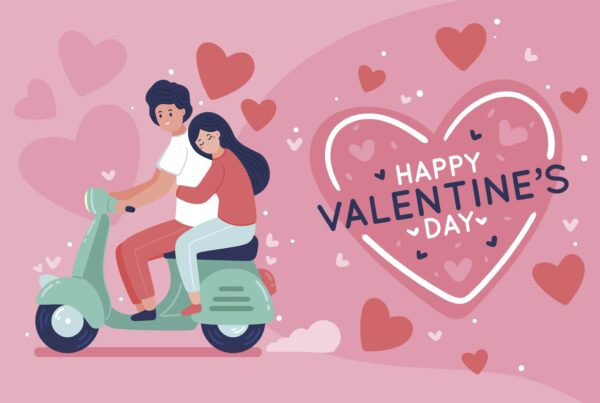We all come across sights and have moments in life that leave us awestruck and our brains imprint that admirable view and moment in our heads but in this techno-driven era we all wish to snap the moment and share it on social media, but ever felt that your capturing lens isn’t able to register the moment that well as you wanted it to be or came across a picture on online platforms and went darn! That’s worth an experience.
Well, here are some tips to capture your delight better with your device.
Game of angles
Well, certain views are best experienced at certain angles, the view is great from the top or at times inclined views are best, depending upon the scenario you need to play with different angles to get the right texture for your images.
Rule of third
Ever wondered what those grid lines are for on your camera settings, those grid lines are called a rule of thirds grid view, meaning if a picture has a lot of details in it those placed on the edge of the grids will easily grab viewer’s attention. This technique is also used to pay sharp attention to certain important details in the picture
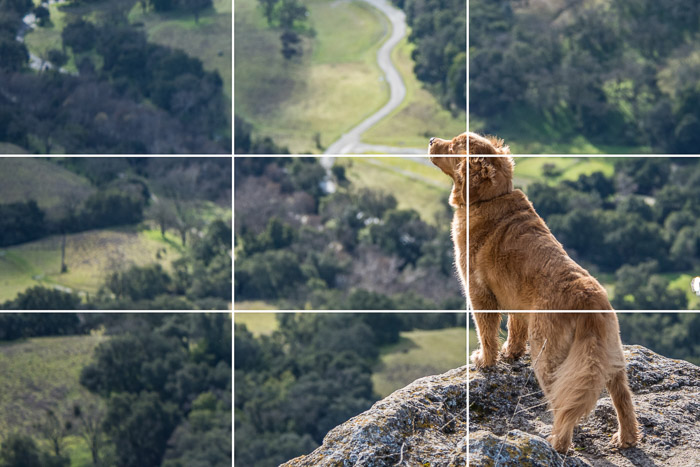
The white balance
In layman’s term, it is basically what time of the day you want your image to exhibit, being measured in the units of Kelvin ranging from 2300k to 7500k, 7500 being a very brightly lit day and more yellowish image and 2300 being bluish and low lit. As you scale down along the parameter you get sunny or evening view. The normal outdoor daylight is around 5000k.
This is used most of the times in outdoor photography and is fun to play with while capturing sunrise or sunsets.
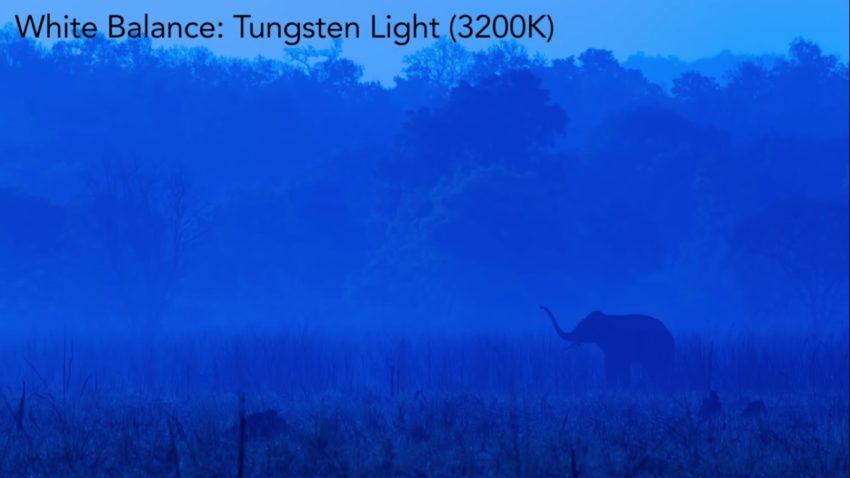
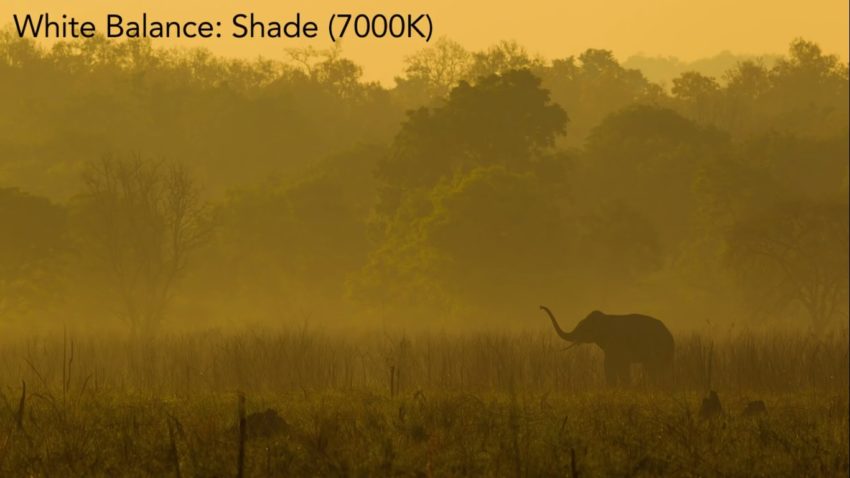
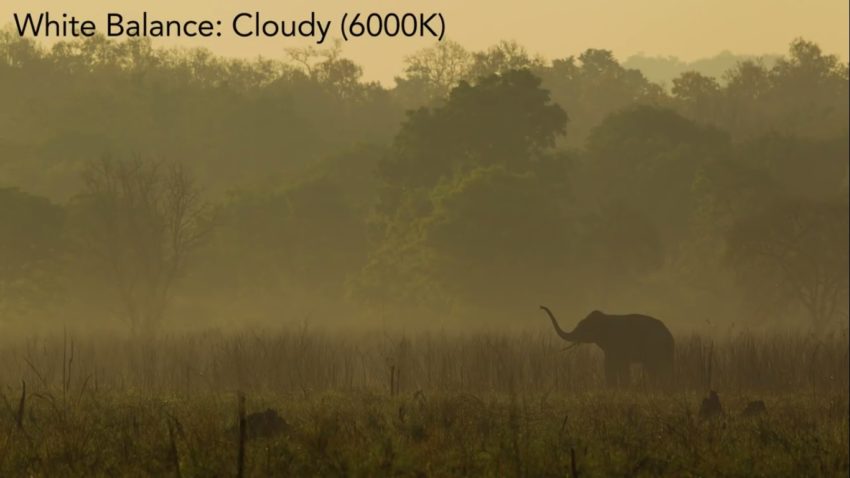
Exposure Triangle
Exposure triangle is a composition of ISO, shutter speed and aperture where ISO simply means the higher the ISO the images gets noisy and lower the ISO a smoother image. Depending upon the shadows and highlights in the scenario choose the right ISO.
Shutter speed
Shutter speed is the duration of time your shutter is open for light to enter and hit your sensor, lower shutter values are used for motion blur whereas the higher shutter values are for freezing the action for example. While capturing action may it be sports or wildlife if you capture at lower values you will get motion blur and at high values a still image of a person or an animal running.
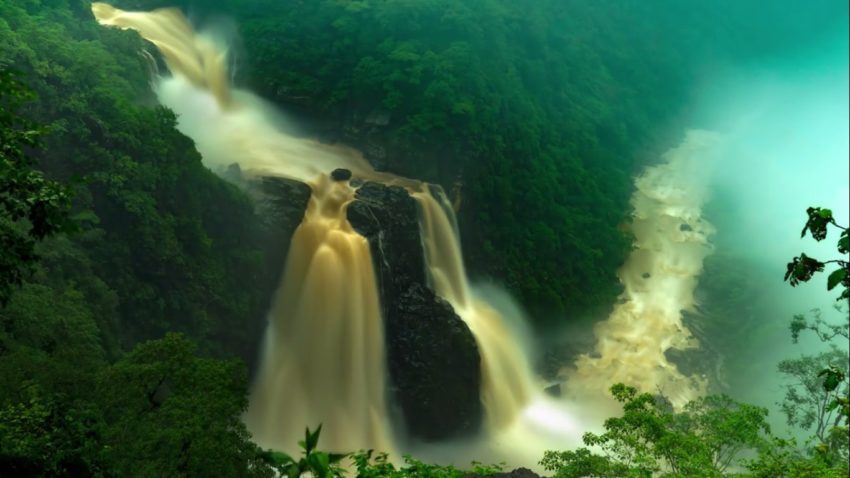
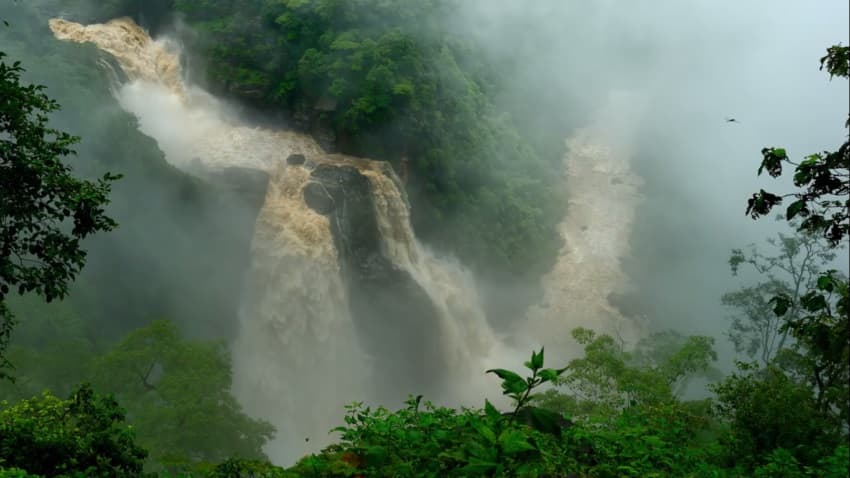
Aperture
Aperture is one other parameter of exposure triangle meaning the opening of your lens. A smaller f-number means a very large opening of your lens, on the other hand, a higher f-number may be f/20 or f/22 means a smaller opening resulting in less light to entering the camera and changing the depth of field of the particular picture being shallow in lower f values and sharp in higher F values.
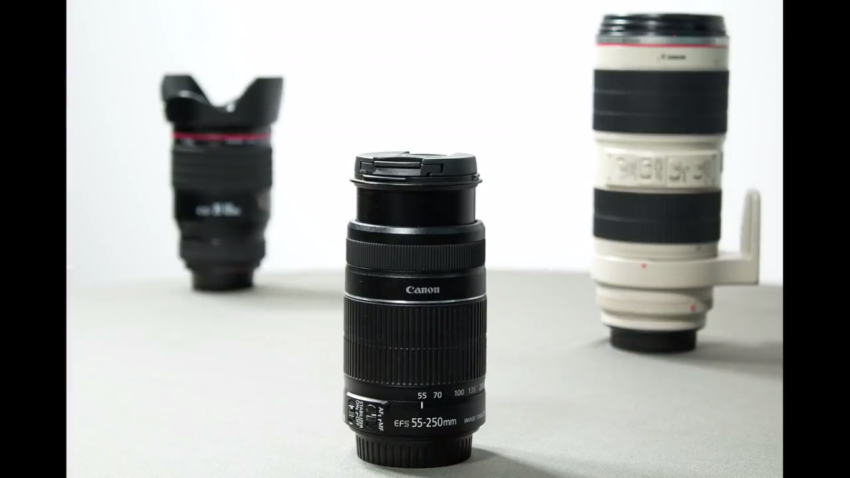
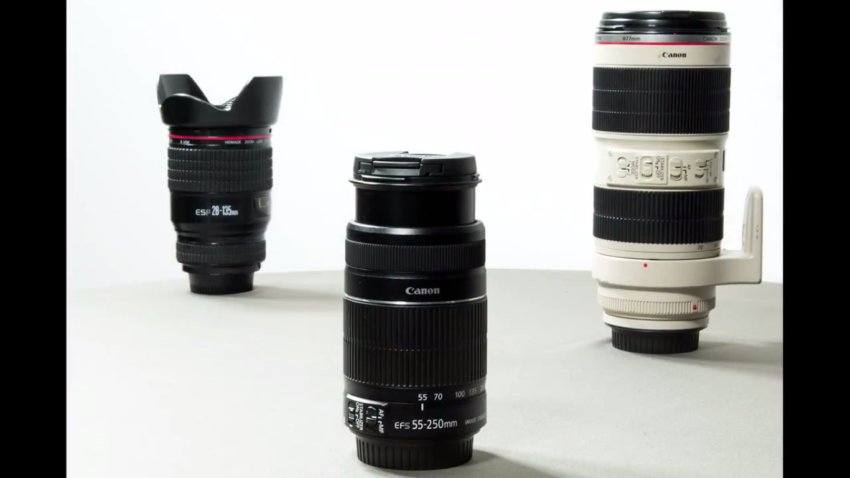
Focus settings
In your default camera setting the camera gives autofocus where it detects more amount of light in the picture and sets your focus but in manual focus you can lock the focus on an object and then move around the camera according to which camera will adjust the particular exposure of your set focus so that the object doesn’t look low on light and out of focus.
Exposure meters
Exposure values are given on exposure meter to increase brightness in the entire picture rather than on focus, as you move towards right from 0 it gives more brightness and as you scale down towards left it makes the picture darker
In my recommendation, it is best to use a tripod to avoid shakiness and blurs in pictures you can also try various accessories for your camera depending on what device a Smartphone or a professional camera you are shooting with.
So get out fool around with the different parameters on your capturing friend and store your views in digital format forever.

